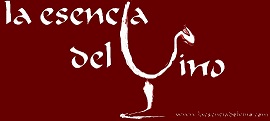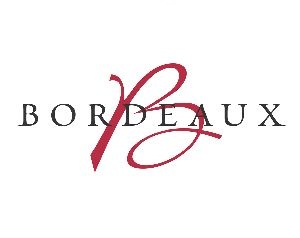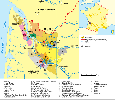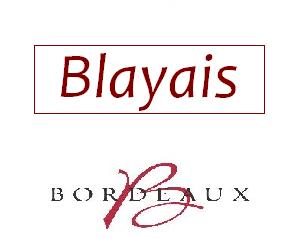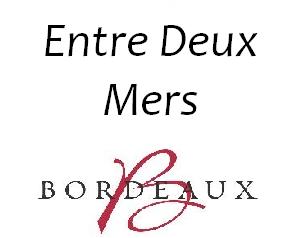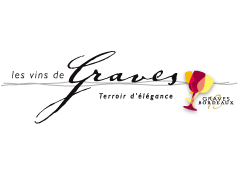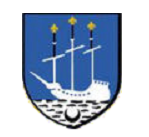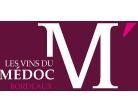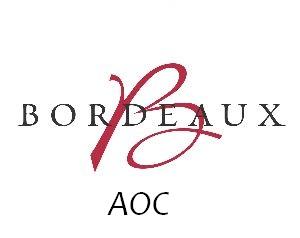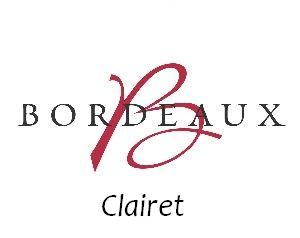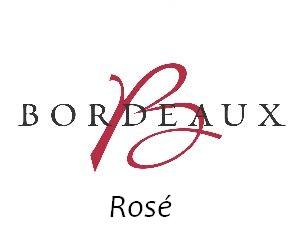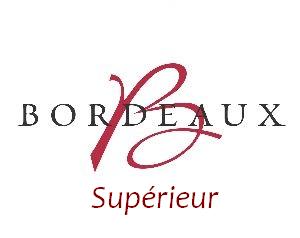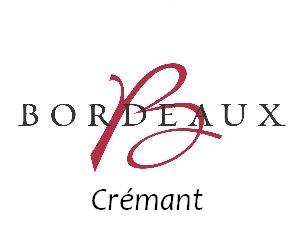BORDEAUX
Bordeaux wines (vins de Bordeaux) are produced by 9,000 wineries usually called châteaux with grapes from about 14,000 wine producers, 117,514 hectares of vineyards, 400 merchants and a turnover of 14,500 million euros.
Most Bordeaux wines are reds. But there are also sweet white (also have contributed to the reputation of the region), dry white, rosé and sparkling wines (Crémant de Bordeaux).
The Bordeaux region is divided into five divisions: Medoc, Graves, Entre deux Mers, and Blayais Libournais.
Bordeaux exist in over 40 designations of origin, which extend in different subareas which is divided. Five of them are regional character names (Bordeaux, Bordeaux Clairet, Bordeaux Rosé, Bordeaux Supérieur, Crémant de Bordeaux) as may occur in the region of Bordeaux. Generally, these are used in regional AOC wines can not use a most renowned AOC / quality (AOC of town, AOC vineyards, ...)
Production area
Production area:Collect all the vineyards of the Gironde department in southwestern France.
Bordeaux is divided into five major wine regions: Medoc, Graves, Entre deux Mers, Libournais, Blayais.
These areas are located on the sides of the Garonne River and its tributaries, forming three major areas:
- Left Bank. Formed by Graves and Medoc.
- Right Bank. Formed by Libournais and Blayais.
- Entre Deux Mers ("Between Two Seas"). Located in between the two tributaries.
Soil
The main reason for the success of vineyards in the Bordeaux region is the excellent ecosystem for the growth of the vine. The geological foundation of the region is limestone, leading to calcium-rich soil. The floor consists of Bordeaux gravel, sandstone, and clay. The best vineyards in the region are located in well-drained gravel soils often found near the river Gironde. An old adage in Bordeaux is that the best farms can "see the river" from their vineyard and land most of which focuses the riverside are occupied by farms classified.
Climate
Region dominated by the tributaries of the estuary of the Gironde, Garonne and Dordogne rivers, which irrigate the land and provide an oceanic climate in the region.
Red Varieties
Major: Cabernet Sauvignon, Cabernet Franc, Merlot, Petit Verdot, Malbec y Carménère. En la orilla izquierda suele predominar Cabernet Sauvignon, mientras que en la orilla derecha suele predominar Merlot y en menor medida Cabernet Franc.
White Strains
Major: Sauvignon Blanc, Sémillon, Muscadelle
Secondary: Colombard, Merlot blanc, Mauzac, Ondenc, Ugni blanc
Types wine
Bordeaux is known for its red wine and sweet white wine, but also produces pink, white, dry sparkling wine (Crémant de Bordeaux).
The reputation of the wines varies with the AOC wine:
- Red Bordeaux and Bordeaux Superieur. Bordeaux reds are the "basics" that are allowed to be produced throughout the region, and represent the lowest burgundy.
- Red Côtes de Bordeaux. They produce wines where the mixture is usually dominated by merlot. These wines tend to be intermediate between the cheapest and the zone of high reputation.
- Wines of the right bank. Merlot-dominated wines with very little Cabernet Sauvignon. These wines often have great fruit concentration, soft tannins and linger longer.
- Wines of the left bank. Wines Cabernet Sauvignon-dominated, but often with a significant portion of Merlot. Concentrated, tannic, long-lived and most of them are made to be kept in cellar before drinking.
- Dry white wines. Are made throughout the region, from a mixture of Sauvignon Blanc and Semillon, Graves being the most popular.
- Sweet white wines. In several locations and appeals throughout the region, the dry white wine is made from grapes Semillon Savignon Blanc and Muscadelle noblest affected by putrefaction. The best known of these appeals are Sauternes, which also has an official classification, and which produce some of the most famous sweet wines.
Regulatory Council
Conseil Interprofessionnel du Vin de Bordeaux (CIVB)
1, cours du XXX Juillet.
33075 - Bordeaux Cedex
France
Tel.: +33 (0)5 56 00 22 66
